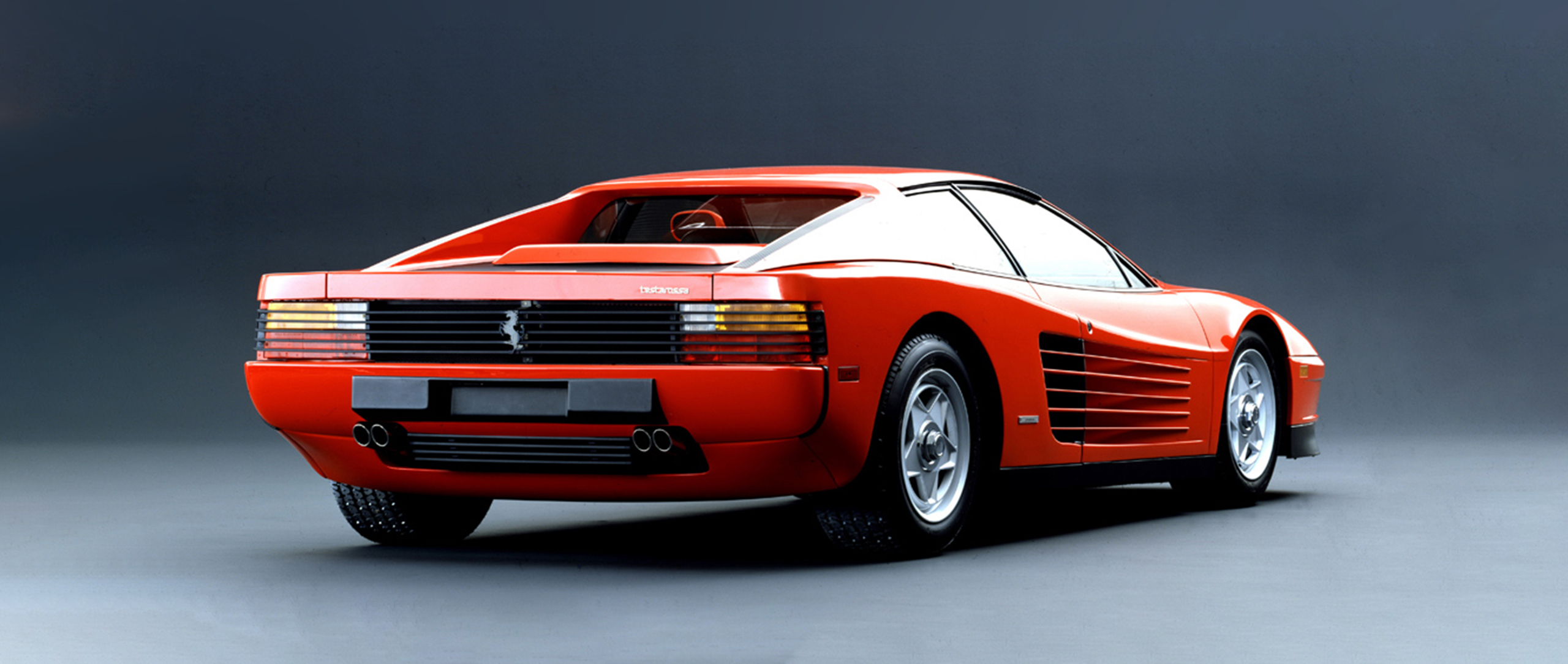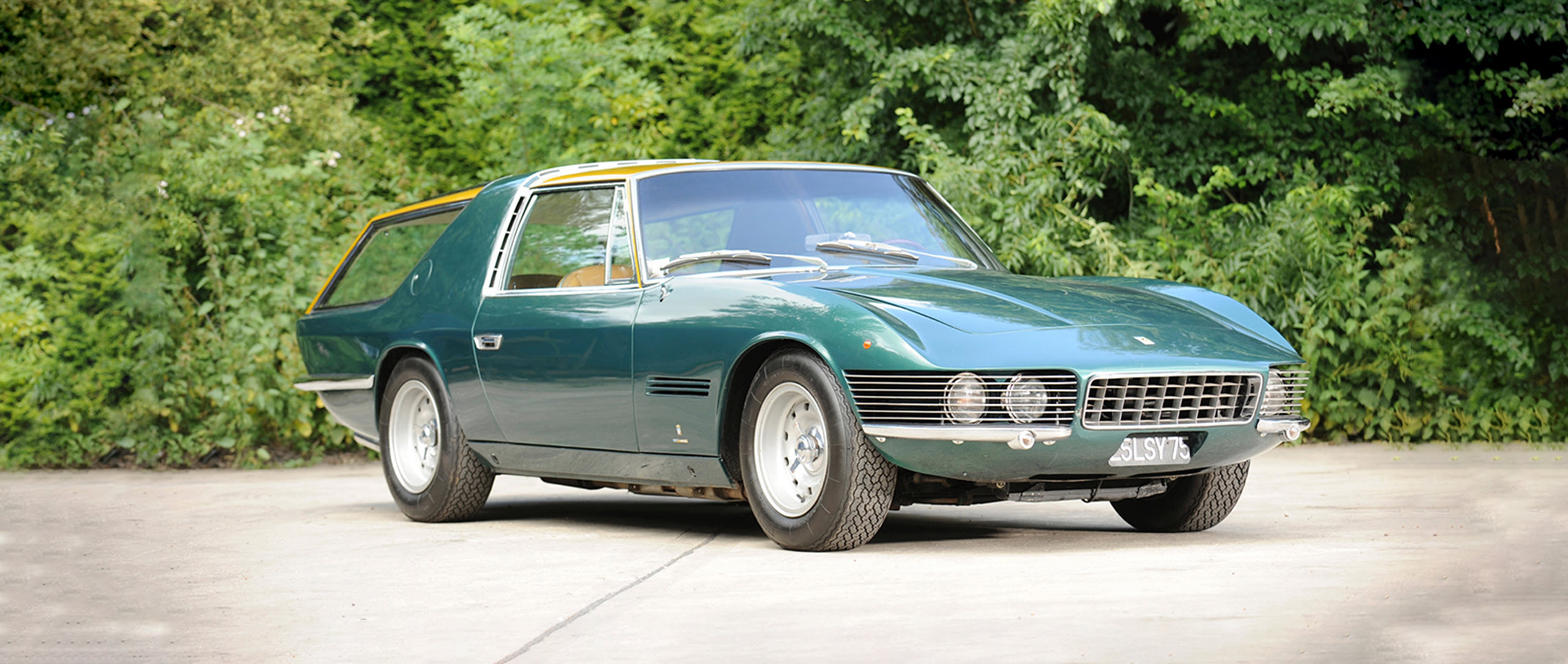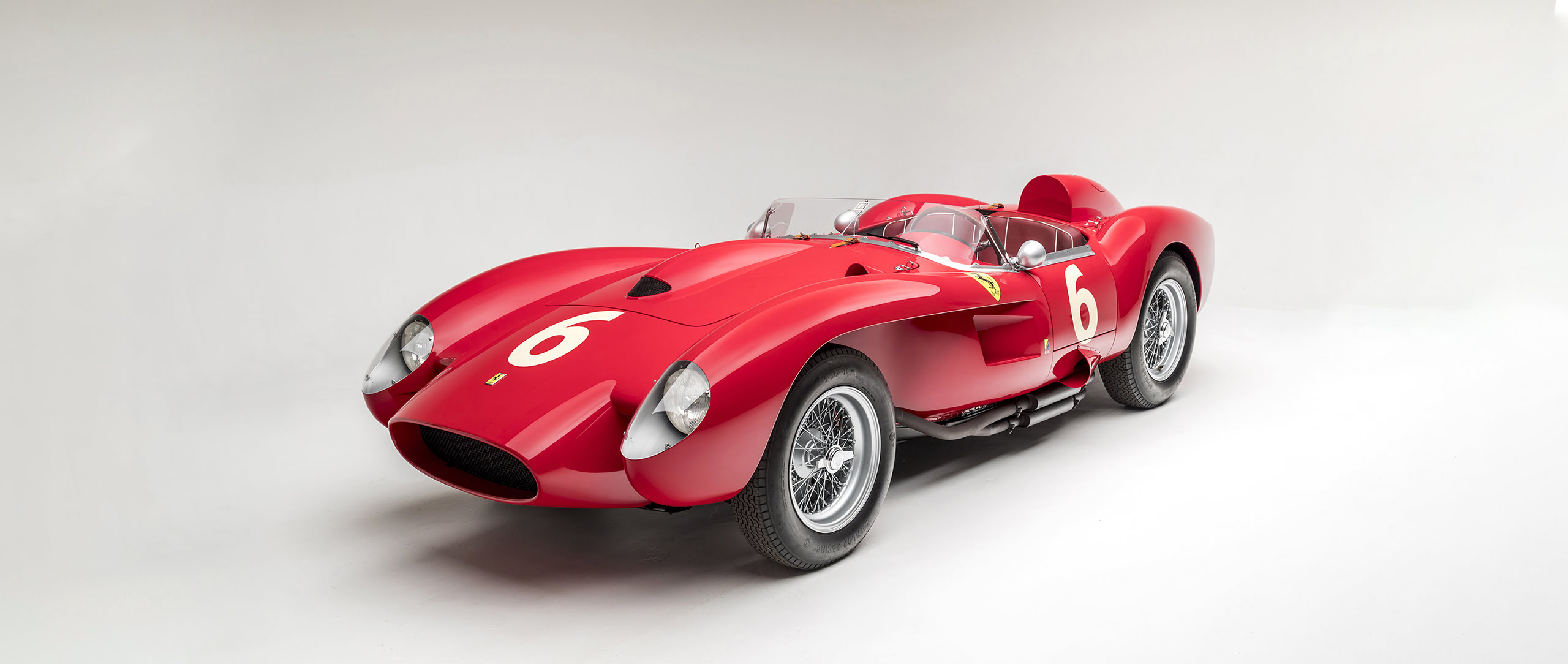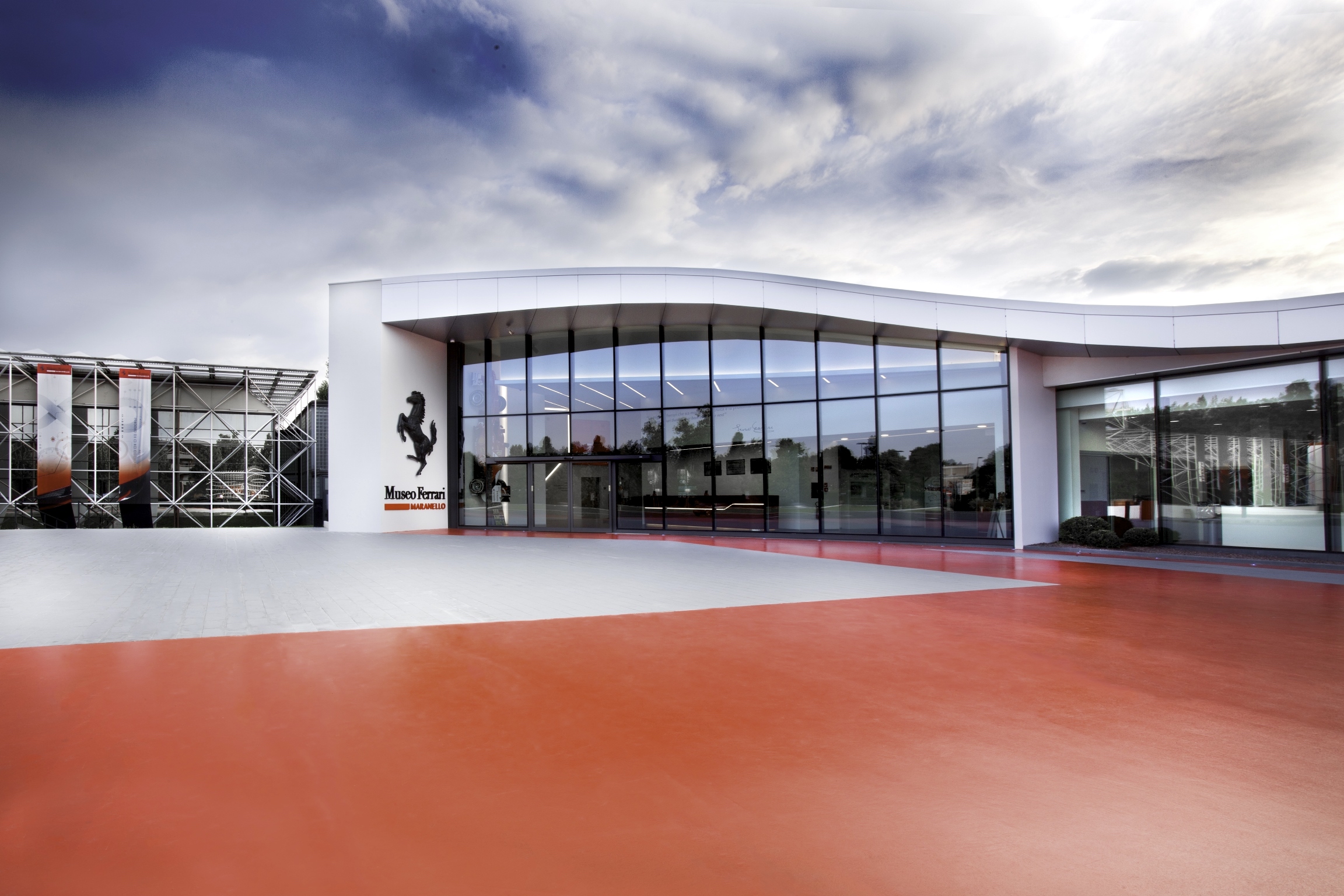The iconic Testarossa. Why.
01 October 2020 1 min read 4 images

In the history of car design, the Testarossa wrote a very important chapter. Indeed, the pure mastery of the idea of designing the shape of the Ferrari V12 that would go on to replace the famous BB in 1984, within a virtual cage of horizontal lines connecting the nose, sides and rear of the car, came from the need to protect the large side openings for the cooling of the rear-mounted engine. A careful inspection of the photos we’ve published, going beyond the shape of the car, reveals just how strongly this idea came through, helping to make the Testarossa the icon of an era. To reinforce the effect of the design, its name: Testarossa (red head), a single word, unlike during the 50s when they gave the name Testa Rossa to those open sports barchette with their bright red-painted cam covers. An evocative name linked to the illustrious history of sporting successes and the colour that has always been associated with Ferraris.
Register to unlock this article
Signing up is free and gives you access to hundreds of articles and additional benefits. See what’s included in your free membership. See what's included in your free membership.
Already have an account? Log In



